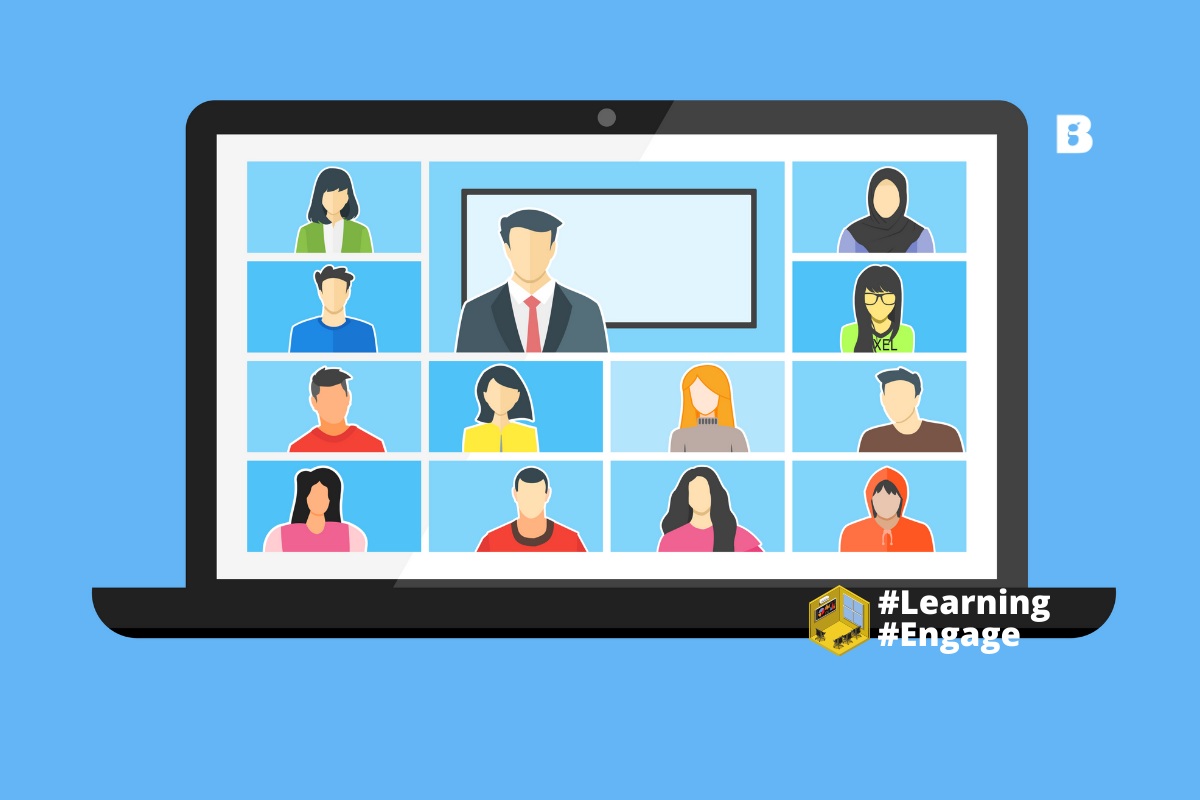The back to school season is anything but ordinary this year. Amidst a global pandemic, school administrators, teachers, and parents are trying to decide the best way to continue education safely. A remote learning environment is becoming synonymous with the common classroom but with a significant learning curve.
There are many resources out there that offer remote learning help, but at Bauen Solutions, we want to lend a helping hand where we can. Below are five remote learning tips, tricks, and tools teachers and parents can use to help navigate the back to school season.
One: Adapt and Refine Communication Skills
As we may know from everyday life, digital communication has a learning curve. What is said through a text, instant message, or email may be interpreted differently depending on the person who is receiving it. This communication learning curve is very much present in remote learning. Students are used to seeing you and the information presented in a way tailored to their preferred method of learning. If you can connect live, do it! If not, adapting and refining your communication skills is imperative to the success of the classroom.
Here are a few ways that may help facilitate efficient communication in the remote learning environment.
- Have live classes via video conferencing, if possible. If not, offering a time where students could join virtual office hours or study hall may help.
- Parents—Having your kids home all day proposes unique challenges on its own. But dedicating a set time to help with course work and offer support may help close any communication gaps.
- Distance does not prohibit classroom collaboration and community. Keep students connected and communicating with one another via collaborative projects using tools such as real-time co-authoring.
Two: Create a Schedule
Keeping a schedule is easier said than done. Parents, teachers, and students can benefit from consistent time for working and connecting with other students in the classroom. Determining specific times for lesson plans, peer connection, coursework, and breaks may help keep a healthy balance of work and play.
Three: Set Clear Goals
Keeping students motivated can be challenging at best but setting clear and achievable goals can help make the remote learning environment rewarding for everyone involved. Teachers and parents setting goals for their students are great, but having students set individual or class goals while communicating them with other students and their families can create a sense of empowerment.
Goal-setting is essential, but celebrating the milestones is an even more significant part of the successful distance learning formula. A celebratory video or a virtual certificate is an example of appropriate rewards for showing progress and achieving what they set out to do.
Four: Embrace Differences between traditional and remote learning
Remember that remote learning at home and learning at school are not the same, and that is okay. Rather than framing the situation as a burden or complication, viewing it as an opportunity can relieve some pressure. It is an opportunity to spend more quality time together, where students can organically learn from daily family life.
Here are a few ways to prioritize family and fun while supporting learning:
- Turn home activities into educational opportunities with board games, conversations, or baking.
- Weave home life into students’ schedules by creating a plan that includes snacking, playing, and being outside.
- Point out teachable moments in everyday experiences to practice new information without feeling overwhelmed.
Five: Choose the Best Tools
And stay with them! Covid-19 has revolutionized the way we use technology in the workplace and the classroom. This revolution opened the door to a variety of new tools for the remote learning environment. With a plethora of options, choosing the right tools can be difficult. But once you find the tools that work best for you, your kids, and your students, being consistent with them is essential. Continually changing digital tools for remote learning poses the threat of frustration and burn out.
Remote Learning: Making the Transition
Making the transition to a digital classroom is full of what if’s and how’s. Advances in remote learning tech can help make the transition smoother. From the beginning of the crisis, Microsoft has been on the front lines of the healthcare industry driving advances in remote patient care, otherwise known as telemedicine. Additionally, they have been on the frontlines of education, helping classrooms transition to remote learning environments. Microsoft offers distance and remote learning resources for every level. This set of tools and resources includes Microsoft Teams for Education, where students can collaborate, teachers can hold live classes, and students can keep notes, assignments, and a calendar all in one place.
For more information on how Microsoft resources can support your institution or distance learning environment, reach out to a Microsoft partner for help. Partners, much like Bauen Solutions, can offer insight and support on how to create a thriving remote working and learning environment.





